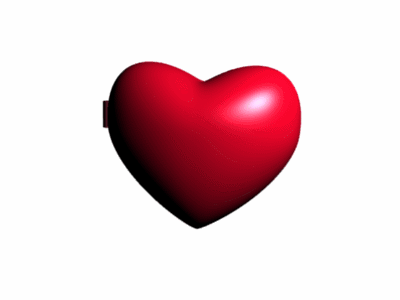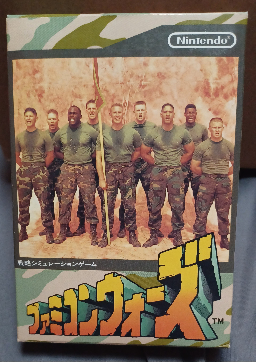
Famicom Wars
The first game in the Wars series was the game "Famicom Wars," released for the Family Computer on August 12th, 1988 (pictured right.) The game was programmed by Toru Narihiro of Intelligent Systems and otherwise developed by Nintendo.
Before the release of the game, Intelligent Systems mainly helped Nintendo with software development, though after the success of Famicom Wars and Narihiro's next game "Fire Emblem: Shadow Dragon and the Blade of Light," also for the Family Computer, they would hire artists and programmers to branch off into developing games on it's own.
Despite being released so late into the Family Computer's life cycle, the game still did incredibly well; winning multiple awards, notably for "Best commercial;" the game having a commercial so iconic that it's still referenced among the Japanese fan base to this day. The game can currently be played via the Japanese Ninendo Switch Online Family Computer application on the Nintendo Switch.
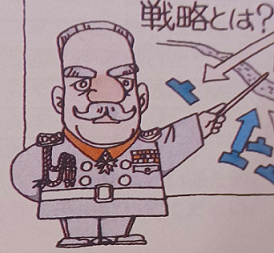
The games' premise was that it was created by the very succsessful --and soon retiring-- military strategist Yuan Delta (pictured left) as a program to train his coming successor.
The game itself was a turn-based grid-based war strategy/simulation game where you play faction-wise as either Red Star or Blue Moon. Each faction has an HQ and starts out with a few properties. You use Infantry units to capture properties which give you more money per day, which you can then use to build more units to fend off the enemy. The end-goal of the game is to either capture the enemy HQ or destroy all of the enemy units.
Following Famicom Wars' successful release, many more games would be produced. Next in the series was Game Boy Wars, which was developed in-house, then Game Boy Wars Turbo and Game Boy Wars 2, developed by Hudson Soft; the developers of Bomberman. Though the next game to release under the Famicom Wars name was Super Famicom Wars in 1998.
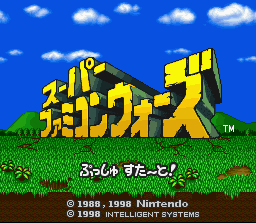
Super Famicom Wars
Super Famicom Wars was released on May 1st, 1998 for the Super Famicom. It was a remake of the original Famicom Wars with many additions such as playable characters, 2 new factions (Green Earth and Yellow Comet,) more 2-player maps, 4-player maps, fog of war, and much more.
There was a version of the game named "BS Super Famicom Wars Ban" released for the Sattellaview, an add-on for the Super Famicom that would download magazines and games via sattalite boradcasts, that would act as a sort of demo version of the full game. It only had 2 of the 7 playable characters, lesser AI, less units, and so on. Each broadcast was a different map. There is currently no legal way to obtain this version of the game besides finding a memory cartridge that still has it due to the Sattelaview's commercial faliure and lack of preservation.
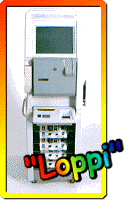
The "full" version of the game was exclusively released for Nintendo Power. Not to be confused with the Ninendo Power magazine, this Nintendo Power was a service exclusive to Japan that Nintendo launched in collaberation with the convenience store Lawson. With the service, you would buy an empty game cassette and re-write roms on to it using Lawson's Loppi terminal (pictured right) for a fee. The service was launched in 1997 and closed in 2007.

Many of the games released for the service were re-releases of older games or games that were hard to come by in stores in an attempt to make then more accessible. According to the Nintendo Online Magazine --also known as N.O.M-- Super Famicom Wars was the 9th best selling game for the service as of October of 2000. The best selling game at the time was Fire Emblem: Thracia 776, which released in 1999.
Much like Famicom Wars, Super Famicom Wars was released very late into it's homes system's life cycle, though Super Famicom Wars wouldn't be as lucky as it's predecessor. It lack marketing, the only substancial known marketing being it appearing at the very end of a TV ad for the Nintendo Power service, and an ad in an unknown magazine (most likely Ninendo Dream or Famitsu.) Any other known marketing was done either through the Satellaview, N.O.M or it's own website. Not helping was the fact that being this late into the Super Famicom's life cycle, the Nintendo 64 had taken most of the spotlight in the public eye. Being Nintendo's newest console and sporting fancy groundbreaking 3D graphics, interest in the Super Famicom was really only dwindling in comparison.

Even Nintendo Power itself struggled with marketing. it also being noted by users that the Loppi terminal was "Hard to use." Remember when I mentioned Fire Emblem: Thracia 776 as being the best selling game for the service? Even after it later got a full release in stores and had it's own dedicated commercial for Nintendo Power, it still turned out to be the worst selling game in the Fire Emblem series by a long shot.
Super Famicom Wars as a result was only really known amongst the Wars series superfans. The game would eventually be released onto Japanese Wii Virtual Console, and later Wii U and New Nintendo 3DS VC. But with the closure of the Wii U and 3DS E-shops as of recent, there is currenrly no legal way to obtain the game besides finding one of the rare original Nintendo Power cassettes.
Though the game was a commercial faliure, it left a very notable imprint on the Wars series as a whole; introducing many of what would become core mechanics and features to the series.
Actually the worst character cast of all time

(Above sprites taken from The Spriters Recource)
I mentioned earlier that this was the first game in the series to have proper playable characters, right? I never said they were good though.
This game has become a bit infamous in the Wars fanbase not for it's important controbutions to the series as a whole, but for having the least marketable cast of characters ever seen in a Nintendo game.
Going off of the sprites above, the characters are, in order:
- Yuan Delta: Actually returning from the first game; probably the most normal character of the bunch. Doesn't really have much going for him besides being pretty ok. He has no gameplay quirks or special AI and represents Red Star.
- Rojenski: Also pretty basic besides the fact that he sucks at his job. Also has no special gameplay quirks but does has a special AI specifically to make him play like dogwater. Represents Blue Moon.
- Von Rosso: It's pronounced "Fon" by the way. Supposedly really violent, that's it. He's the only character of the bunch that has absolutely no flavor text on the wiki. It's really sad actually. No quirks, AI is really offensive but lacks defense. Represents Green Earth.
- Hetler: Exactly what he sounds like. Resident coward of the group and the only character that they went remotly scary with when making sprites for. no quirks, AI is very defensive and hard-wired to spam infantry units, probably single-handedly making the game a hostage situation and keeping it from being re-released, represents Yellow Comet.
- Caroline: Nicknamed "Lucky Girl" due to her ability, pretty basic other than that. Has basic AI but has the chance to hit other units with more damage than usual. Works freelance.
- Billy Gates: The BEST worst character of the bunch. Rich kid with a baby face and a trust fund he spends on war games. Looks stupid in every sprite he has. I'm biased BTW. No special AI, but gets an extra 10,000G (ridiculous amount of money) per day. Works freelance.
- Mr. Yamamoto: Legendary commander, better than everyone else. Has a monocle that I didn't notice for like, 3 months, because you can barely see it on any of his sprites. Units start at level 2 even if level up mode is disabled, but has no special AI. Works freelance.
None of these characters ever came back after this. Their existance has been implied in Advance Wars: Reboot Camp in Hachi's shop, specifically Caroline, but anything else has been fandom conspiracy theories.
